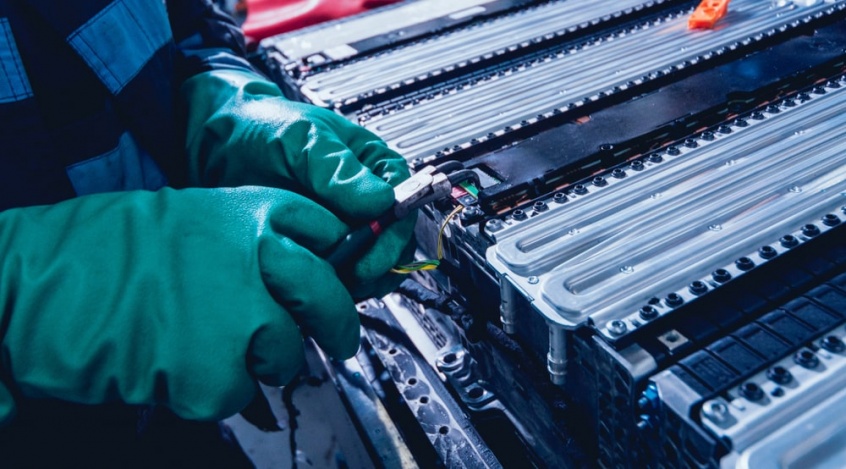The State Of Battery Technology – Understanding The Future Of Electric VTOL Aircraft

Although battery technology has come a long way in the last few decades – electric cars, for example, were unthinkable before high-capacity lithium-ion and lithium polymer batteries – we still have a long way to go.
Whether it’s a jetpack, flying car, or any other innovation like a VTOL aircraft for personal mobility, many people are looking to the future – and wondering when a true revolution will occur in the world of battery technology for aviation and aerospace.
In this blog, we’ll take a brief look at where battery technology is – and what needs to be done before batteries can be used to power electric VTOL aircraft, and create innovative urban mobility solutions.
